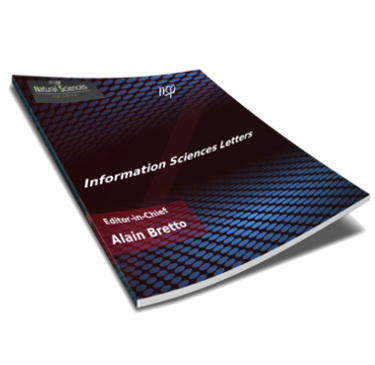
Information Sciences Letters
Abstract
This epidemic has prompted the development of Education 4.0, virtual learning, and the demand to adapt educational practices to meet the needs of younger demographics. A rising epidemic has necessitated the shutdown of campuses where education programs are now being carried out online in educational institutions all over the globe. The report includes a study on the effectiveness and perceptions of students toward digital learning during the pandemic. A Convolutional Neural Network (CNN) and Particle swarm optimization model, which forecasts the student’s learning rates, are used to tackle this issue. This study will categorize student performance into low, medium, and high grades to forecast student achievement. The Kaggle student’s performance assessment database is utilized to gather the student information logs, which are then pre-processed to eliminate noise and redundant data. The CNN derives features based on the student’s attention and arbitrary patterns sequencing by examining the pre-processed information. Then, utilizing the Minimum Redundancy Maximum Relevance (mRMR) approach, the retrieved characteristics are evaluated. The lowest one that treats each characteristic individually is chosen as the greatest feature by mRMR. CNN uses stochastic Gradient Descent (SGD) to calculate the characteristic weights, which are then modified for improved extracting features. Finally, the CNN-WOA method forecasts the final academic achievement forecast outcome. Studies revealed that the suggested approach outperforms existing ones in terms of accuracy, precision, recall, and F-score while requiring less computing time.
Recommended Citation
H. R. Khalaf, Mohammed and M. Abdel Azim, Zeinab
(2023)
"Predicting Students Performance in Online Education through Deep Learning Model,"
Information Sciences Letters: Vol. 12
:
Iss.
3
, PP -.
Available at:
https://digitalcommons.aaru.edu.jo/isl/vol12/iss3/45

